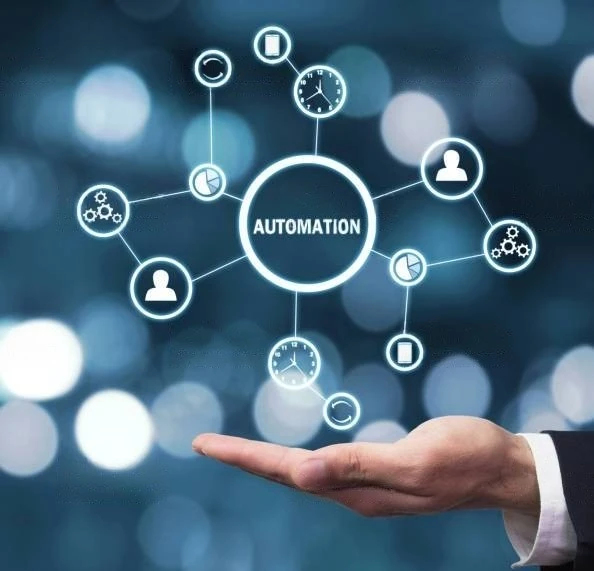Exciting marketing automation trends are emerging for 2023.

It would be great if buyers followed a predictable path to purchase, making it easier to predict their behaviors and purchasing patterns. Unfortunately, this is not the case, as prospects and customers often change their buying patterns and channel interactions. As a result, keeping up with them manually can be a frustrating task, which is why marketing automation is necessary.
According to research, businesses that use marketing automation to nurture prospects experience a 451% increase in qualified leads on average. Additionally, these leads spend nearly 50% more on purchases than their non-nurtured counterparts. If you're already using marketing automation to some extent, you may be looking to increase your usage, but you're unsure where to begin. Alternatively, you may be working on achieving your ambitious marketing goals for the New Year. In any case, being aware of the top marketing automation trends for 2023 can help you stay ahead of the game.
1. Fixing the “Want Doing More with Less” Problem
Are you one of the many people who feel like they're being asked to do more with less? You're not alone. The pandemic and recession concerns have affected marketing spending and budgets, as described in an article published by Ad Age. Many marketing departments are taking on tasks that were previously outsourced without increasing their headcount. This means more work with the same number of staff.
To address this issue, many departments will need to develop new strategies to delegate routine tasks and save valuable time. One solution is to implement marketing automation.
2. In 2023, marketers will prioritize customer retention and utilize automation to achieve this goal.
As many marketers know, the process of attracting a lead, nurturing it, and closing the deal is just the beginning of their work. Even a slight increase in customer retention can significantly boost revenue, but many companies still face challenges with customer churn, with an average churn rate of up to 30% across all industries. To overcome this challenge, we anticipate that in 2023, marketers will increasingly turn to marketing automation to improve retention and drive revenue growth.
• Gather and utilize more customer data.
• Enhance the onboarding experience for customers.
• Implement tactics to regain the interest of customers who have disengaged.
• Automate follow-ups for quicker responses.
• Foster communities among potential customers.
Moreover, marketers are expected to utilize automation to improve customer engagement through various channels, engaging customers on their own terms and through their preferred communication methods.
3. Data optimization to become more critical.
Automation is essential for mining the valuable information hidden in your data. In the gold rush story, the original prospector gave up just three feet away from a rich vein of gold. Similarly, without the right tools to dig in the right spots, you may miss out on important insights. Marketing automation can help by pinpointing critical information and improving data-driven decision-making. According to Forrester research, data-driven automation will be a priority for one-third of enterprises in 2023. By using automation, marketers can identify where customers are on their journey and send them personalized content that moves them closer to making a purchase. Automatic lead scoring is one example of how automation can help teams focus on the most promising leads.
4. Data accuracy gains attention.
Having a lot of data has never been the problem; the challenge is that data becomes obsolete quickly due to various reasons like job changes. In 2021, the "Great Resignation" led to over 47 million Americans quitting their jobs, causing a massive amount of data decay. Data typically decays at about 30% annually, resulting in significant financial losses for businesses. Hence, it is essential to practice good data hygiene, such as creating rules to monitor engagement and using marketing automation to maintain clean and organized lists, thus supporting internal audit processes and maximizing marketing efforts.
5. The advancement of omnichannel marketing
Marketers have been improving customer experiences across multiple channels for years, but in the coming years, omnichannel personalization will become even more crucial. The benefits of using multiple channels are well established, with campaigns that utilize three or more channels seeing a 494% increase in order rates. Brands that don't promote products across multiple channels can miss out on up to 30% of potential sales. Marketing automation helps collect a variety of data to understand the customer journey, allowing marketers to personalize interactions in real-time. This personalized approach can create serendipitous moments that resonate with customers and help achieve marketing goals. As marketers continue to face the challenge of doing more with less, leveraging marketing automation will be key to maximizing resources and delivering on the personalization that customers expect.

